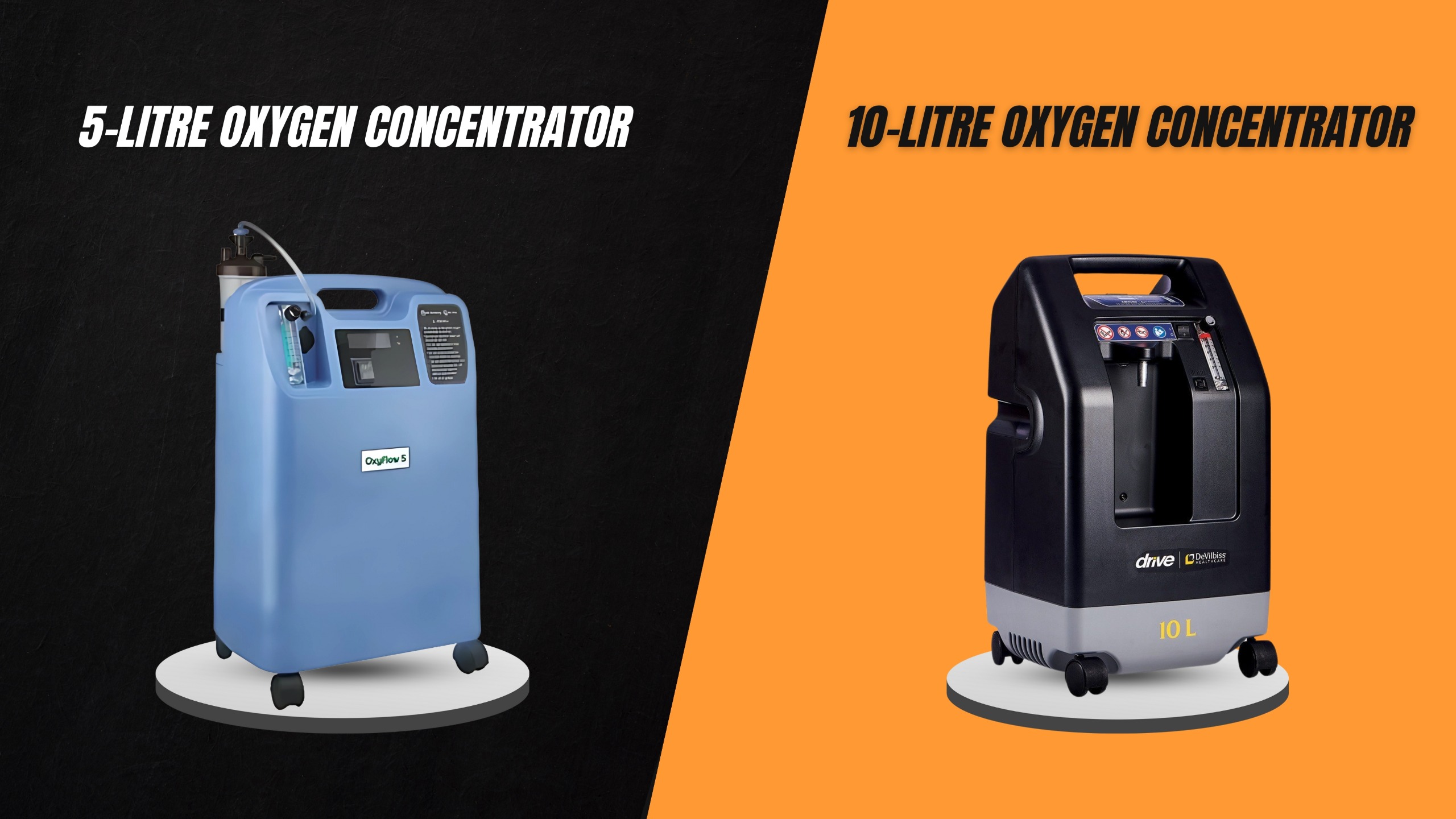The power of oxygen is often underestimated. Essential for life, it can also promote healing, rejuvenation, and overall well-being. At Astromed UAE, we believe in harnessing the full potential of oxygen to enhance health. Enter the world of hyperbaric therapy, a medical treatment that uses a specialized chamber to increase the amount of oxygen in the body. This blog, brought to you by Astromed UAE, will provide a comprehensive guide to understanding this revolutionary form of therapy.
Introduction of Hyperbaric Oxygen Therapy (HBOT)

Hyperbaric Oxygen Therapy (HBOT) involves breathing pure oxygen in a pressurized room or chamber. In these conditions, the lungs can gather up to three times more oxygen than breathing pure oxygen at normal air pressure. This high concentration of oxygen promotes faster healing and combats infections. To support oxygen therapy needs, options like the 5-liter oxygen concentrator on rental in Dubai and the 10-liter oxygen concentrator provide a convenient and reliable solution for maintaining oxygen levels at home or during recovery.
The Science Behind Hyperbaric Healing
Our bodies need oxygen to function. The oxygen we breathe combines with glucose to create energy in our cells. While a normal air atmosphere contains only 21% oxygen, a hyperbaric chamber contains nearly 100%.
When the body has increased oxygen, it can rapidly replace damaged cells. It also aids in reducing inflammation and promotes stem cell growth, a crucial factor for recovery.
Benefits of HBOT
- Wound Healing: HBOT is particularly effective in accelerating the healing of wounds, especially those not healing due to diabetes or radiation injury.
- Decompression Sickness: Divers often use HBOT to treat the potentially deadly bends.
- Brain Injury: It has been found effective in treating traumatic brain injuries.
Infections: It can help fight certain types of deadly bacteria.
Risks and Considerations
Like any medical procedure, it’s essential to understand the risks involved. Potential side effects of HBOT include:
- Ear pain
- Sinus pain
- Temporary nearsightedness
- Lung collapse due to air pressure changes
Always consult with a medical professional before starting any treatment.
Steps of Undergoing HBOT
- Consultation: Always start with a consultation to see if HBOT is right for you.
- Preparation: Wear comfortable clothes and leave valuables at home.
- Session: You’ll enter the chamber, and the session, typically lasting around 2 hours, will commence.
Post-Session: It’s essential to rest and hydrate after treatment.
Why Choose Astromed UAE?
At Astromed UAE, we specialize in delivering cutting-edge medical therapies and equipment. Whether you’re exploring HBOT for chronic conditions or need oxygen solutions like a 10-liter oxygen concentrator rental or a 5-liter oxygen concentrator on rental, we’re here to provide the best care and equipment tailored to your needs.
Conclusion
At Astromed UAE, we’re committed to empowering your health journey with the latest medical innovations like Hyperbaric Oxygen Therapy. Whether you’re exploring HBOT or need reliable oxygen concentrator rentals, such as a 10-litre oxygen concentrator rental or a 5-litre oxygen concentrator on rental, we support your well-being. Take the first step towards improved health. Contact Astromed UAE today to learn more about our advanced therapies and oxygen solutions!
FAQs
What is Hyperbaric Oxygen Therapy (HBOT)?
Answer: HBOT is a medical treatment in which an individual breathes 100% pure oxygen inside a pressurized room or chamber. Under these conditions, the body can absorb much more oxygen than under normal atmospheric pressure.
Are there any side effects of the therapy?
Answer: Some patients may experience side effects like ear or sinus pain due to pressure changes, temporary vision changes, and, in rare cases, lung problems. It’s essential to discuss potential risks with a medical professional.
How long does each session last?
Answer: Typically, a session can last anywhere from 90 minutes to 2 hours, depending on the treatment protocol prescribed by the physician.
How many HBOT sessions are typically required?
Answer: The number of sessions depends on the condition being treated. Some situations might require only a few sessions, while others, especially chronic issues, might need 20 to 40 sessions or more.
Is it safe for everyone?
Answer: While HBOT is safe for many individuals, it’s not suitable for everyone. Certain medical conditions and medications can interfere with the treatment. A thorough medical evaluation is necessary before starting therapy.
Can I bring books or music inside the chamber?
Answer: Yes, you can listen to music or read during the session in many facilities. However, electronic devices may not be allowed due to pressure sensitivity. Always check with the treatment center for their specific guidelines.

